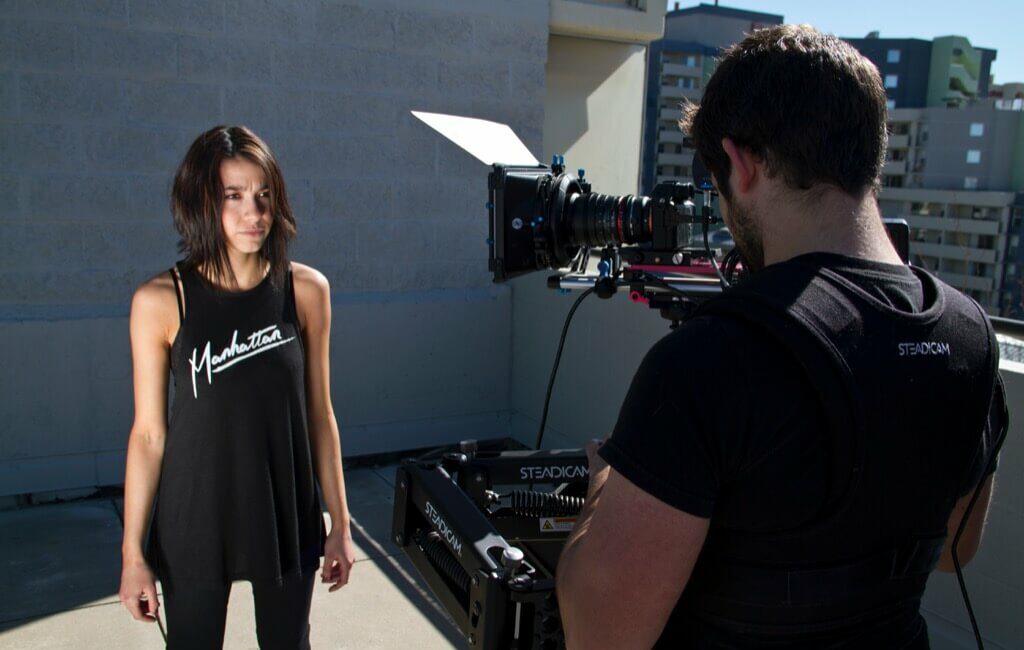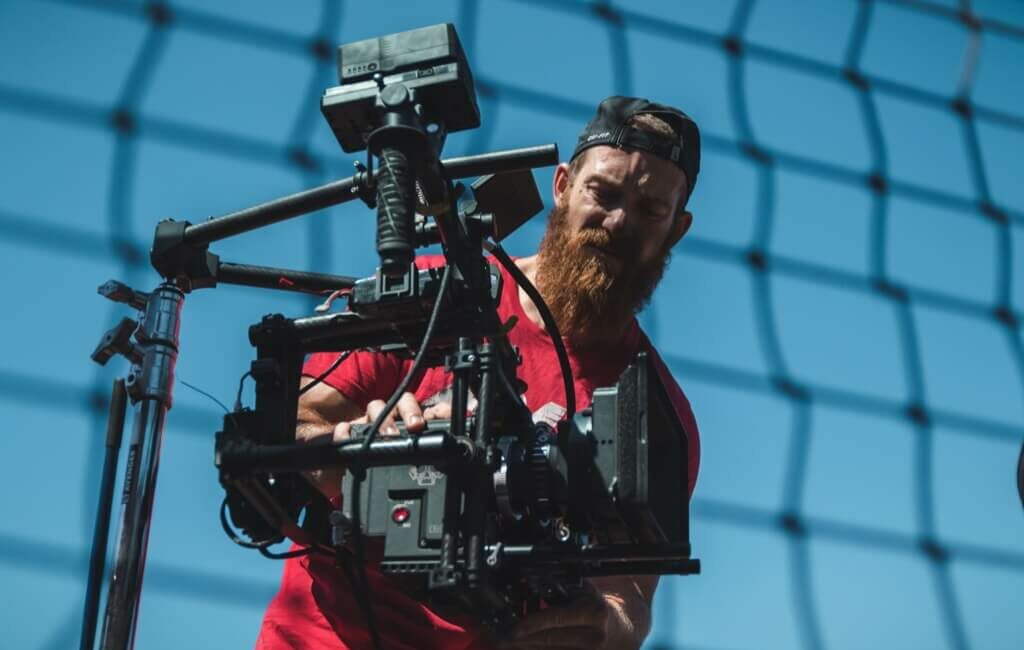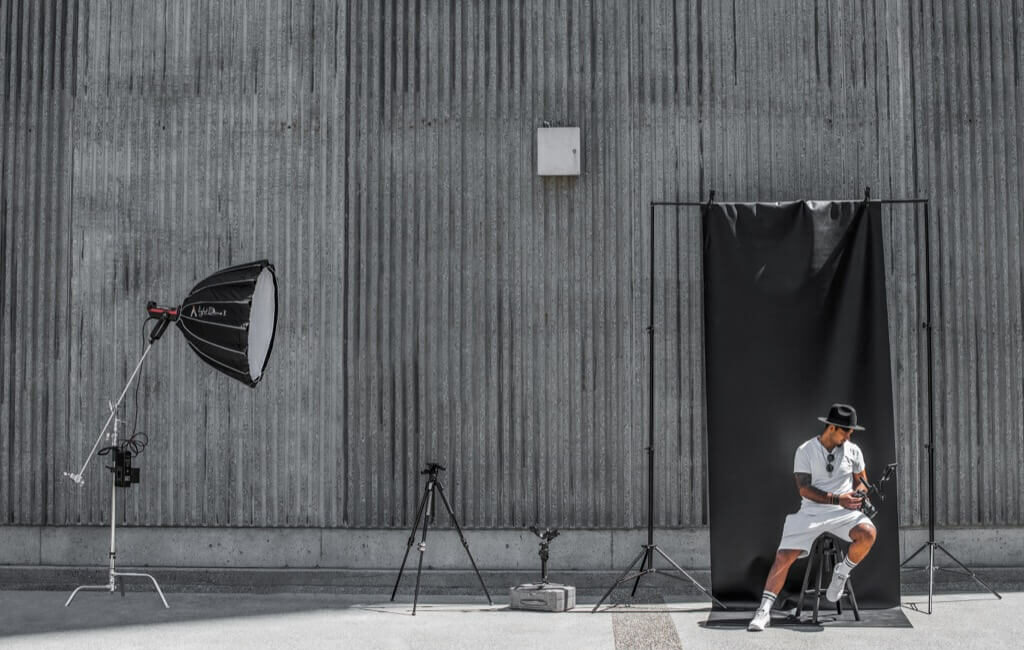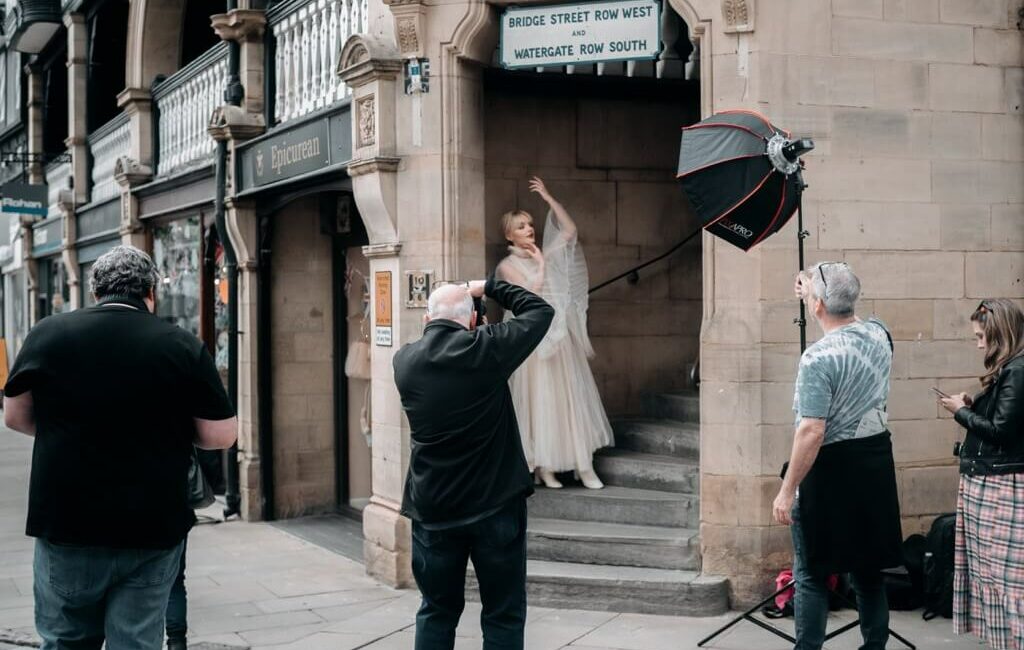Cape Town has always been a popular location for shooting films and TV shows abroad. Filmmakers can take advantage of a wide variety of settings, facilities, and local talent in this thriving South African metropolis. But as with any overseas filming location, success depends on knowing and following the local regulations. The community, the city’s […]
Continue readingMore TagCategory: Production
A Day in the Life of a Stills Producer
As a stills photo producer, every day is a new challenge. You start your day early, catching up on emails and messages from international clients due to time zone differences. Each morning is an exercise in problem-solving, finding solutions for everything from last-minute changes in scripts to changes in weather affecting the planned shoot. This […]
Continue readingMore TagThe Latest Trends In Cape Town’s TVC Production
Television Commercial (TVC) production remains a multidimensional process involving creativity, logistics, and cutting-edge technology to deliver a message that resonates with audiences. Understanding current trends is vital as the industry’s evolution never stops, and staying informed is key to remaining relevant and competitive. Cape Town, renowned for its unique locations and rich culture, has grown […]
Continue readingMore TagComparing Stills & TVC Production Techniques
It’s crucial to understand the distinctions between stills and television commercial (TVC) production. Though both exist to communicate brand stories and evoke emotion, the approach, execution, and impact vastly differ. This knowledge empowers companies to make informed choices, aligning their advertising strategies with the most suitable medium and maximizing their market resonance. Understanding the distinction […]
Continue readingMore TagSteps for Using a Shot List to Save Both Time and Money
The straightforward shot list is an underrated piece of equipment. Its apparent simplicity belies a robust value for filmmakers of all stripes and productions of any scale. Here, we’ll show you how to put that energy to good use on your next set. We’ll go over the fundamentals of shot lists, examine some actual shot […]
Continue readingMore TagThe Synergy in Fashion and Stills Production
Fashion is a continually evolving cultural phenomenon that reflects the spirit of the times and societal aesthetics, while stills production is the craft of creating static visuals that communicate ideas, stories, or emotions. The two have been intertwined since the dawn of photography, with fashion often inspiring the aesthetic direction of stills, while the techniques […]
Continue readingMore TagSustainable Stills & TVC Is The Future of Production
Sustainability, once considered a mere buzzword in the business world, has now taken centre stage, making it an essential aspect in the realm of Stills and TVC production. As we confront the realities of climate change and environmental degradation, it has become incumbent upon industries across the spectrum to implement eco-friendly practices. With its high […]
Continue readingMore TagThe History of Innovations in Stills & TVC Production
This historical perspective of stills and TVC production companies reveals the radical transformations in technology and audience preferences that have continually shaped this dynamic industry. Stills photography, the progenitor of visual advertising, played a significant role in transforming the way products and services were marketed. Early adopters of this medium, like Eastman Kodak, understood the […]
Continue readingMore TagHow to Navigate Film Production in Cape Town: A Guide to the Seasons
Welcome to our investigation of Cape Town’s viability as a filming location throughout the seasons. Cape Town, South Africa is a highly sought-after location for filming due to its diversified landscapes and dynamic climate, earning it the nickname “Mother City” among filmmakers. In this article, we’ll try to scratch the surface of what makes this […]
Continue readingMore TagThe Production Industry Leading Ladies Offer Their Opinion on What It’s Like to Be a Woman in the Business
Being an actor is only one aspect of working on the production. While actors and actresses get the most credit for bringing characters to life on screen, countless other talented people—including directors, cinematographers, editors, costume designers, and many others—are important in making a film a success. We surveyed prominent women in business for their advice […]
Continue readingMore Tag








